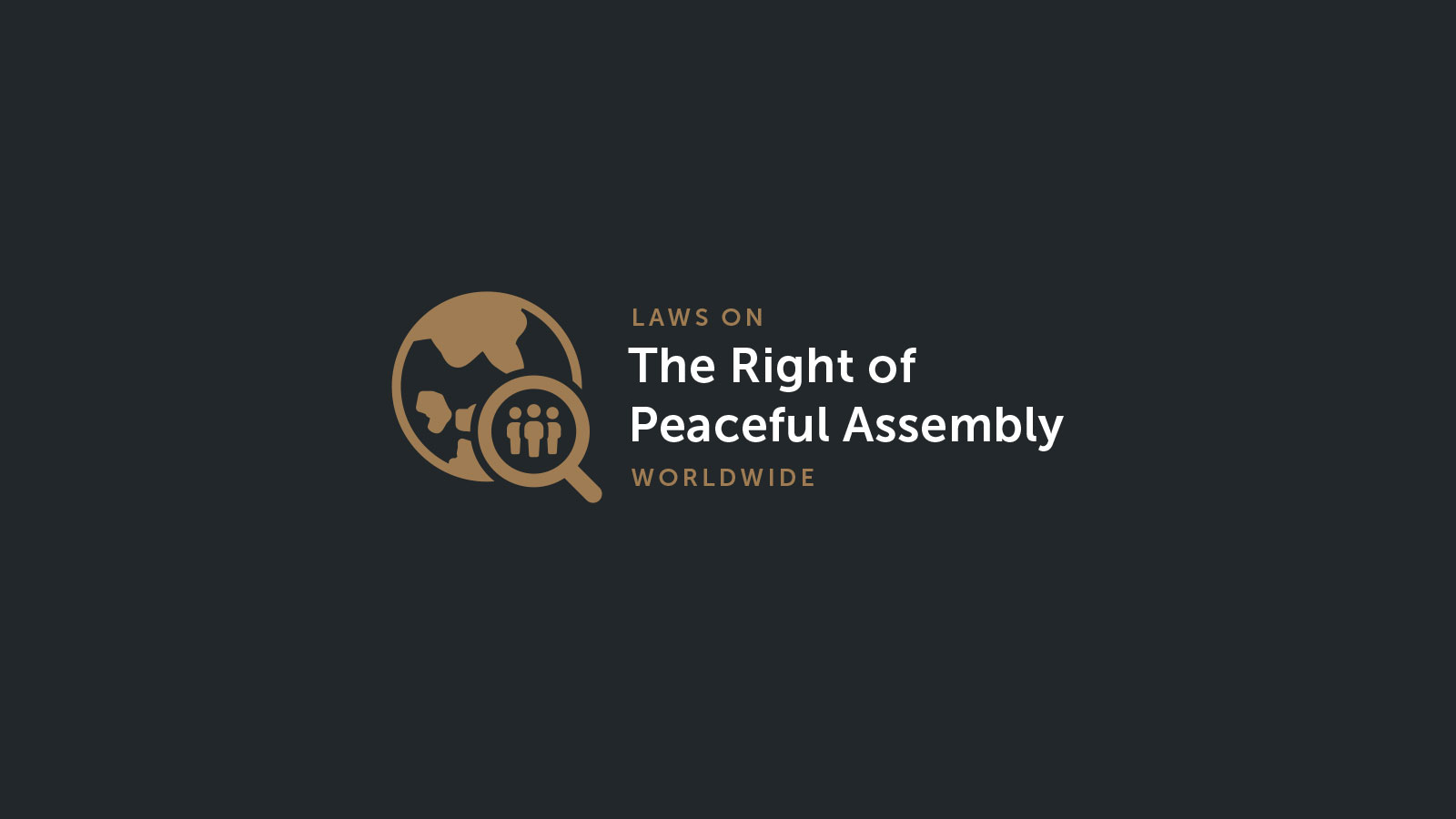The International Human Rights Framework on the Right of Peaceful Assembly
Indonesia is a State Party to the 1966 International Covenant on Civil and Political Rights (ICCPR). Article 21 governs the right of peaceful assembly, providing that:
The right of peaceful assembly shall be recognized. No restrictions may be placed on the exercise of this right other than those imposed in conformity with the law and which are necessary in a democratic society in the interests of national security or public safety, public order (ordre public), the protection of public health or morals or the protection of the rights and freedoms of others.
Iran is not a State Party to the First Optional Protocol to the ICCPR, which allows individuals to petition the Human Rights Committee if they believe the State has violated their human rights as protected under the Covenant.
There is no regional human rights treaty to which Iran can become party.
The Domestic Legal Framework on the Right of Peaceful Assembly
Constitutional Provisions
Under Article 27,of the 1979 Constitution of the Islamic Republic of Iran (as amended through 1989), "Unarmed assemblies and marches may be freely organized, provided that no violation of the foundations of Islam is involved."
National Legislation
Permits must be sought for assemblies, which are routinely refused for protests.
The Legal Framework on Use of Force During Assemblies
The Use of Force
International Legal Rules
Under international law, the duty on the State and its law enforcement agencies is to facilitate the enjoyment of the right of peaceful assembly. According to the 1990 United Nations Basic Principles on the Use of Force and Firearms by Law Enforcement Officials:
In the dispersal of assemblies that are unlawful but non-violent, law enforcement officials shall avoid the use of force or, where that is not practicable, shall restrict such force to the minimum extent necessary.
All force used by police and other law enforcement agencies must be necessary for a legitimate law enforcement purpose and proportionate to that purpose.
National Legislation
There are no specific restrictions on police use of force in Iran's national law.
The Use of Firearms
International Legal Rules
According to the 1990 United Nations Basic Principles, in the dispersal of violent assemblies, a law enforcement official may only use a firearm against a specific individual where this is necessary to confront an imminent threat of death or serious injury or a grave and proximate threat to life.
National Legislation
There are no specific restrictions on police use of firearms in Iran's national law.
State Compliance with its Legal Obligations
Views and Concluding Observations of United Nations Treaty Bodies
In early December 2019, the UN High Commissioner for Human Rights, Michelle Bachelet, expressed alarm at the continuing lack of transparency about casualties and the treatment of thousands of detainees, as well as continuing arrests reported to be taking place across the country in relation to assemblies. At least 7,000 people have reportedly been arrested in 28 of Iran’s 31 provinces since mass protests broke out on 15 November, and the High Commissioner said she is “extremely concerned about their physical treatment, violations of their right to due process, and the possibility that a significant number of them may be charged with offences that carry the death penalty, in addition to the conditions under which they are held.”
Iran has not come before the Human Rights Committee in recent years.
Views of Civil Society
According to Freedom House's 2021 report on Iran:
The constitution states that public demonstrations may be held if they are not “detrimental to the fundamental principles of Islam.” In practice, only state-sanctioned demonstrations are typically permitted, while other gatherings have in recent years been forcibly dispersed by security personnel, who detain participants.
In addition to thousands of arrests, hundreds of people were killed and thousands were injured in the protests that erupted in mid-November 2019. Estimates of the death toll ranged from more than 300 to 1,500. A temporary internet shutdown imposed by authorities suppressed communication about the demonstrations, but videos that showed security forces firing directly at protesters still emerged. Rallies were organized in support of the regime later in November, and they received live coverage from state media. Ahead of the one-year anniversary of the protests, authorities pressured the families of some victims to remain silent and warned them not to hold public memorials for their loved ones.
In April 2020, Amnesty International reported that around 36 prisoners in Iran were feared to have been killed by security forces after the use of lethal force to control protests over COVID-19 safety fears.


 Glossary
Glossary

 About Us
About Us
 Twitter
Twitter